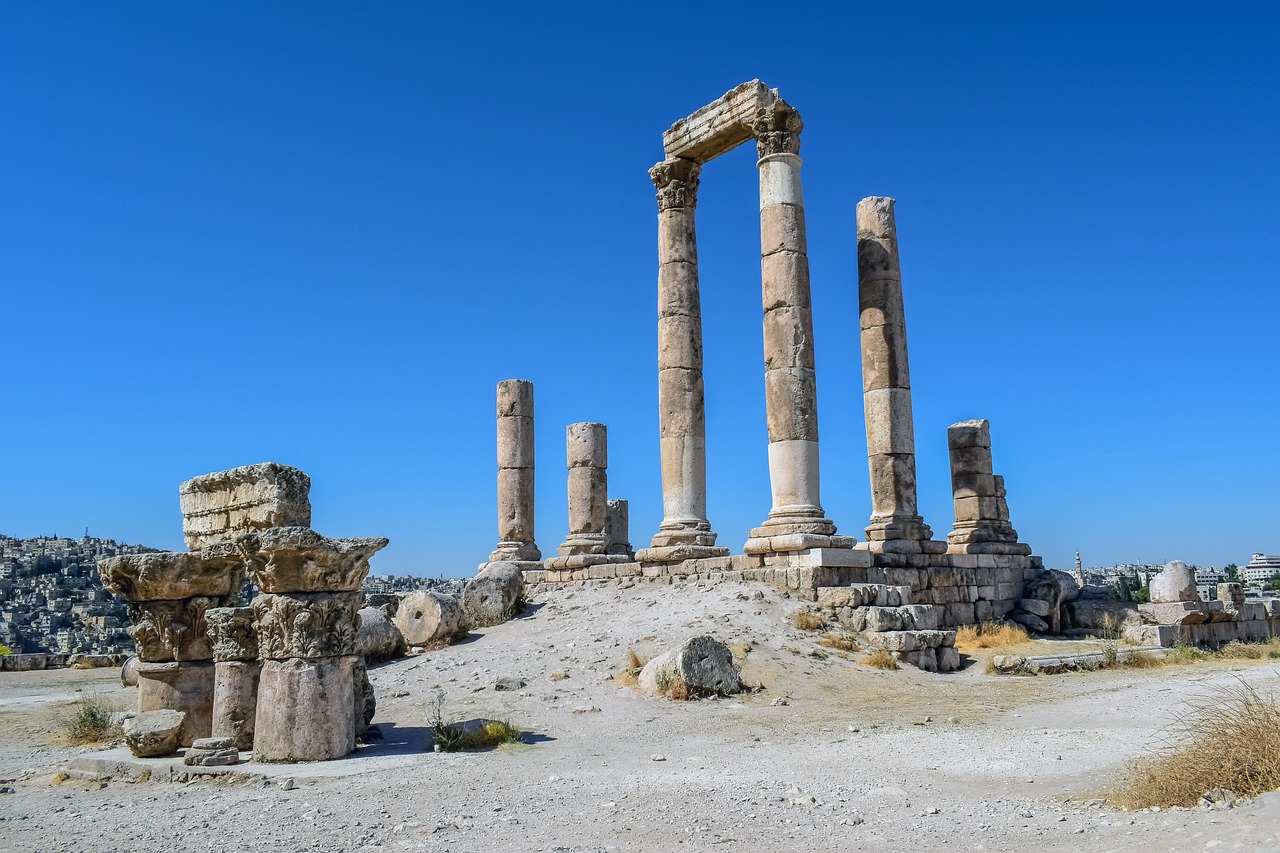
Phaselis was an ancient Lycian city located on the southwestern coast of Türkiye, near the modern town of Tekirova in Antalya Province. It is known for its strategic location, rich history, and well-preserved ruins. The ancient city of Phaseolus is a significant historical site that reflects the rich cultural and economic history of the region. Its well-preserved ruins provide valuable insights into ancient Mediterranean civilization and continue to captivate visitors today.
Historical Background
Founded in the 7th century BCE by Greek colonists from Rhodes, Phaselis became an important trade center due to its three natural harbors. The city flourished during the Hellenistic period and later came under Roman control, contributing to its development and prosperity. Geographical Significance: Phaselis was strategically positioned along key trade routes, connecting the Mediterranean with inland regions. Its harbors facilitated maritime trade, making it a vital economic hub in ancient times.
